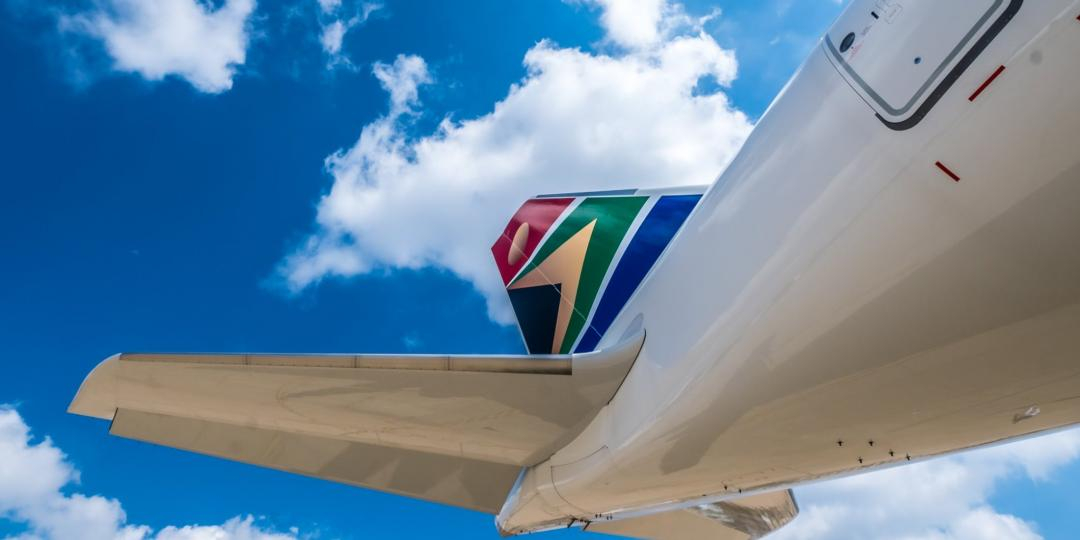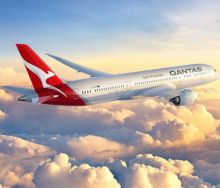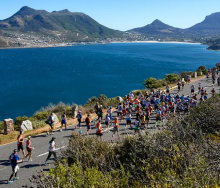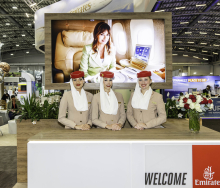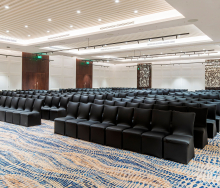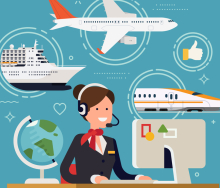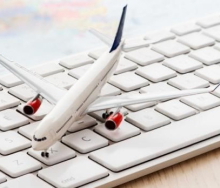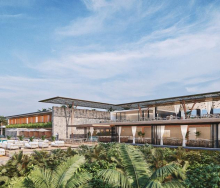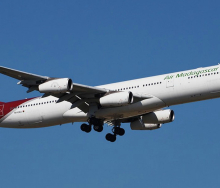The stand-off between the South African Airways Pilots’ Association (SAAPA) and SAA has long been in the news, but the dust appears to have settled and an agreement has finally been reached. Read here. Travel News caught up with Captain Grant Back, chairman of SAAPA, to learn more about how the new SAA pilots’ agreement will impact on SAA’s restart and what the new deal will mean for the remaining SAA pilots. Sarah Robertson reports.
While Captain Grant Back was not very upbeat about the deal that was put in place last week, he told Travel News that he was hugely relieved that SAA pilots were once again receiving payments from the airline some 16 months after they had last received a salary. “I believe that the agreement that was reached was the best that could be done in the circumstances that we found ourselves in,” said Grant. He also confirmed that SAAPA’s resources had been significantly drained over the past year with the association having spent a great deal of money in legal fees, fighting against “unlimited state legal resources”.
SAA will retain only 88 of its original pilots under new terms of employment. They will receive only about 50% of their original salary, with allowances and perks cut and standardised in line with perks offered to other SAA employees.
Referring to the termination of the contentious Regulating Agreement, which had no expiry date, Grant says the narrative from the government, which claimed that it was an outdated document from the apartheid era that was holding back transformation, was incorrect.
“It is true that the Regulating Agreement, or collective labour agreement, was first signed in 1988 but the agreement is very much in line with most pilot agreements in place at other airlines around the world that do not specify expiry dates. Instead, each party has the option of tabling topics for negotiations in the year.
It has also been overlooked that the Regulating Agreement was re-signed by SAA management and its pilots in 1994 and again in 2014, so it is most certainly not a relic of apartheid just because it was first signed in 1988. The premise of the agreement does recognise seniority, in line with how most airlines around the world operate and with what is currently in place within the South African Air Force. SAAPA has also always been extremely proud that SAA has always boasted the most transformed pilot demographics in the country,” says Grant.
Travel News understands that the new agreement reached with the pilots will be reviewed after a period of three years, and Grant believes it will work in favour of the pilots at the time of renewal.
“Salaries fluctuate depending on supply and demand and we are currently negotiating in a time when there is an oversupply of pilots, due to the global impact of COVID-19 on the aviation industry. Two years ago there was a huge shortage of pilots, though. It is therefore likely that when the pilots’ agreement is reviewed in three years’ time, that the pendulum will have swung in the opposite direction and that SAA’s pilots will be in a far stronger position to renegotiate for more market- related salaries and working conditions,” says Grant.
Asked how the number of 88 pilots (to be retained by SAA) was arrived at, Grant says he believes this figure came from the business rescue plan which, he says, was totally outdated by more than 12 months. SAAPA asked for an explanation on why 88 was the figure chosen and was never given a satisfactory answer. “I am of the opinion that the new Strategic Equity Partner, with Gidon Novick at the helm, will have a far more scientific method as opposed to what seems purely a thumb-suck. We could see the number reduced to eight or increased to 188, depending on the aircraft, the routes and the rotation of the aircraft,” says Grant.
“SAAPA was willing to take more than a 50% salary cut in order to retain more jobs but SAA was not interested in this, preferring more of a clean-slate approach. We also proposed that pilots be kept on furlough at reduced salaries, which would give SAA access to fully trained pilots as demand picked up, but this was also rejected. Pilots who have now been paid full retrenchment packages by the state may very well find that they may be recalled when SAA restarts operations and has a greater understanding of the pilot numbers and aircraft training that they will require,” says Grant.
He says SAA committed to start making payments to pilots 72 hours from signature of the agreement and confirmed that money was already starting to flow. “Our recent engagements with SAA this week have been more favourable, which has been a real change compared to the last few months. SAA has agreed to pay out some funds now, as tax directives are established, and the final payments are expected to be made within the next two weeks.”
